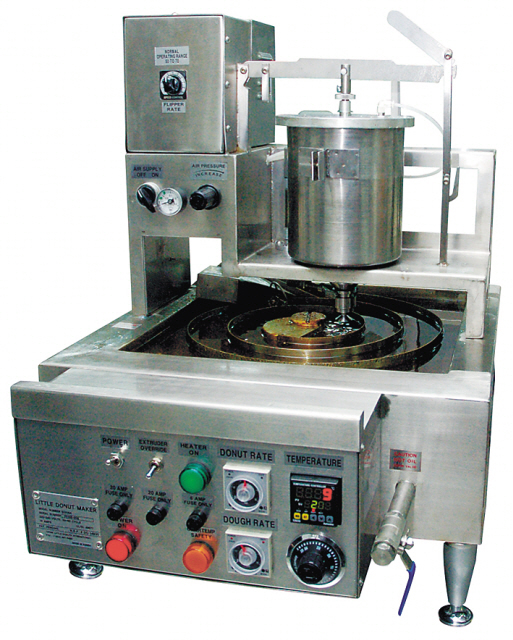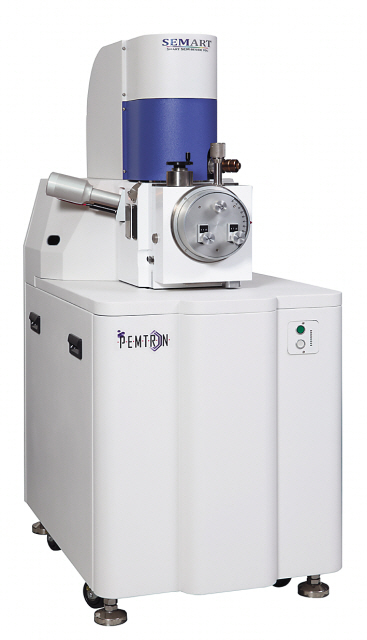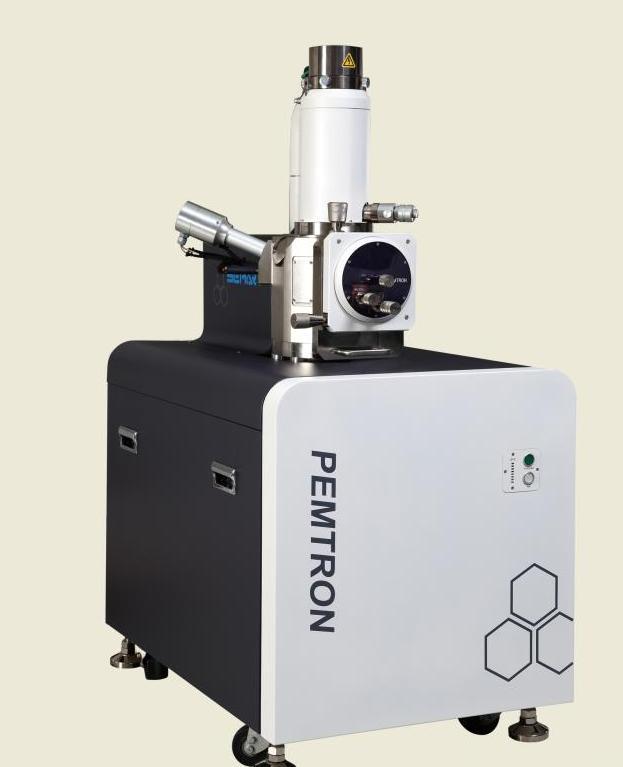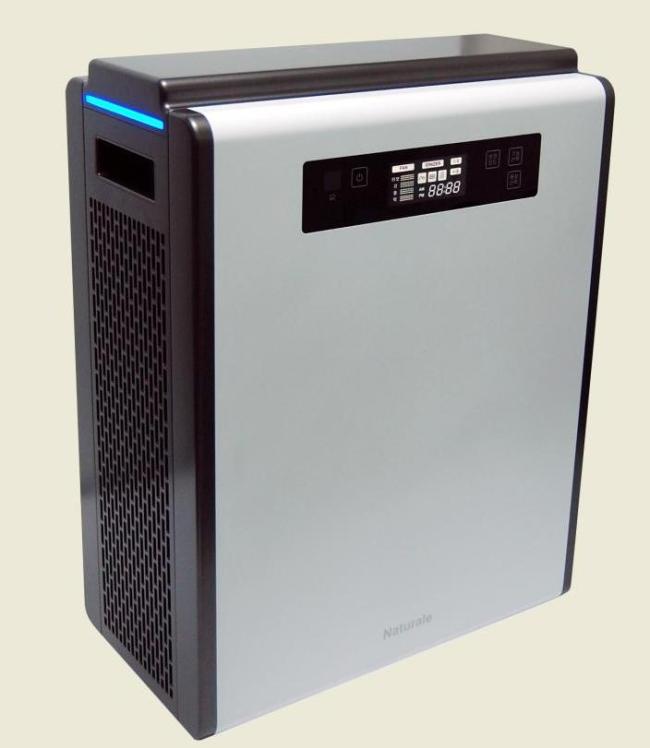Small and mid-sized companies in Korea are now being given more opportunities to pursue advanced technology to enhance their competence, and become more effective exporters.
Making this possible is the Small and Medium Business Administration, which is offering all the necessary training, such as the basics for exporting products, improving product design, conducting overseas market research, searching for buyers and participating in overseas exhibitions, for the SME sector.
In particular, the administration has been working to provide more financial support to overturn the industry structure so as to ensure that the country does not rely on a few conglomerates for exports, but has a wider portfolio of stable, small but solid companies.
The SMBA campaign started in 1997, when the organization selected 80 exporters to receive the added support, and it has now become one of the key initiatives in the sector.
Up to 6,346 companies participated in this campaign from 2007-2011, and the annual average increase in export volume of these firms reached 76.8 percent during this period, more than seven times the increase for firms that did not take part.
Further, the campaign succeeded in assisting 725 of the companies with no export experience succeed in exporting their products.
The following introduces eight firms that participated in the SMBA program, and highlights their success stories and of how the campaign is changing the small and mid-sized sector.

 |
Korea Hoist’s donut-making machine |
Donut maker runs rings round rivals
Korea Hoist, in joint efforts with Atto Design, has produced a donut-making machine for Ones Donuts to bake cakes and donuts at a faster speed, but without compromising the taste or design.
One of the main goals of the baking machine was to be aesthetically pleasing because it would be seen from an open kitchen within the shops. Trendy colors and fun textures were used to create a sleek and pleasing design, according to Atto Design.
The company said it was essential for the new machines to cater to a new generation of consumers who sought both quality and design. They were also expected to be more attractive to overseas buyers, as the new machine is far from having a cookie-cutter shape and meant to be recognized as more than just a donut maker.
“It was essential that we create a machine that was not only functional and practical, but also something that would lead to better brand recognition to please a wider global audience and eventually nab more customers outside the country,” Korea Hoist staff said.
At home, the new design was expected to draw more local franchisers looking for more variety and fun in their new investments, especially as they search for and are catering to a younger clientele who are attracted by trendy design factors in industrial products.
Most donut machines out in the market tend to be big and unwieldy, without anything beautiful or fun about them, industry watchers note.
Due to their compact size, the Ones Donut machines can also be put in department store food courts or used for outdoor events where refreshments are needed, Korea Hoist added.
In fact, since there is less space constraint, the donut makers can be placed just about anywhere, it said.
Much thought had been put into the product, and the end result from Korea Hoise and Atto Design is a classic case of design meeting functionality to create an even bigger value for all users.
The main target countries were expected to be the United States, Southeast Asia, China and Europe. Sales are expected to reach 1 billion won ($922,000) for this year, with export volume reaching 500 million won.
Atto Design is a local design firm that has wide expertise in industrial design, offering a one-stop design service that integrates new needs and the latest trends to ensure a business success for the companies it caters to.
By Kim Ji-hyun (
jemmie@heraldcorp.com)

 |
Pemtron’s scanning electron microscope |
Tech firm goes global with high-end designThink tanks continued to reiterate that the focus of future policies should be placed on design, moving the Korean economy to innovation-driven from investment-oriented.
Many researchers share the view that products will fail in the global market if their design is poor, no matter how good the technology is.
As product design is the deciding factor in gaining a competitive edge in the 21st century, the number of strategic partnerships between tech-oriented venture firms and design companies has grown.
One case of synergy can be found between Pemtron Co. with state-of-the-art optical metrology technologies, and Code Co., a design firm.
Pemtron, established in 2002 by experienced engineers, is actively tapping the overseas market.
The venture start-up took its first steps in the field of measurement instruments by introducing the “solder paste inspection” system, based on its original technology ― 3-D micro/nano metrology.
SPI is a 3-D solder print inspection system that provides an automatic inspection process to enable the real-time control of product quality.
With success in the SPI market and accumulated technologies, the firm developed a 3-D nano-profiler, which is targeted at the semiconductor and display market.
With the expansion of its applications, such as biology, nanotechnology, and so on, its market share is expected to grow significantly and steadily. Meanwhile, it succeeded in the localization of the “scanning electron microscope.”
The SEM market, which involves high-developed technology and micro-structured materials, touches many different fields, such as biology, textiles, cosmetics, education and materials.
This success shows its keen market analysis and potential ability. Its experience, quick responses and creative ideas make the company more competitive and powerful.
Pemtron is expanding its presence in the global market by operating overseas subsidiaries in major countries.
Its overseas corporations are located in countries including Germany, India, China, Taiwan, Brazil, Mexico and the United States.
Under the Korea Institute of Design Promotion’s initiative, Pemtron could attain creative designs for its products through a business alliance with Code Co., a design technology firm headquartered in Bucheon, Gyeonggi Province.
As products become more similar in terms of function, the element that sets them apart is the design, Code said in a statement.
The firms said product design has a decisive influence on consumer choice.
Thanks to the value placed on innovative designs provided by Code, Pemtron’s high-end products have increased in popularity overseas, outperforming foreign competitors.
If technology was the watch word in the 20th century, design and branding will be the determining factors in the 21st century, according to the staff at Code.
“Actually, the importance of brand and product design is nothing new, but they are becoming the central theme of research, development and marketing because everyone has the technology,” a Pemtron spokesman said.
By Kim Yon-se (
kys@heraldcorp.com)

 |
Energy Korea’s far-infrared ray foot heater |
Rising health care appliance takes ‘premium’ tack“Design identity” has become a fundamental keyword in business, transforming an attractive product into a must-have item.
The global trend of “smart and convertible design” took on the health care appliance sector as well, which had long been characterized solely by performance and efficiency rather than by design.
Energy Korea Inc. came into the limelight with its far infrared foot warmer in the state-sponsored 2011 Design Development Project which seized visitors’ attention with its sleek and compact design. Design Next Co. took charge of the innovative heater’s design.
According to the heat appliance firm, it followed three keywords ― compactness, convertibility and premium taste ― to distinguish the heaters design identity from those of other rival products.
The foot heater can switch modes between general heater and foot-heater mode. Users can slide and adjust the heat radiation angle as they wish. The slide-and-control design has become one of the dominant features of smart devices, especially in the computer and tech device sectors.
The users can lay the heater flat on the ground to heat up their feet, or slide up the attached supporter to stand the device up to heat the room.
The foot heater’s grill comes in four different design patterns, which adds to the device’s premium image.
The product does not adhere to the common misconception of electric foot heaters being rusty and dully designed.
It does not need water to heat up, and therefore saves its users trouble. Its radiation heating method minimizes energy loss, the company says.
Foot heaters have long been a popular health care item in Korea. The far infrared heater, among other foot-heating devices, is especially effective in helping blood circulation and boosting metabolism, Energy Korea said.
The far infrared radiation system also produces zero dust and noise.
By Chung Joo-won (
joowonc@heraldcorp.com)

 |
Sunje Hi-Tek’s Ion Therapy |
Design boosts sales of gadget for ion therapy
The innovative design of the ion therapy machine made by Sunje Hi-Tek Electronics in Busan is expected to increase company sales to 4 billion won ($3.7 million) this year.
Sunje Hi-Tek’s “Ion Therapy” is a machine designed to neutralize the positive ions in the air to increase the body’s immune system. It also has a function to remove active oxygen, which leads to an increase in metabolism, the company claims.
When Art Hands, a Busan-based product design company, launched a project to renovate the look of the ion machine, it focused on the product’s advanced functions, user interface, matching with interior and proper product identity in developing design concept.
In developing the product design, Art Hands sought to reduce its machinery image, adopt functions to appeal to users’ emotions, improve user interface, and use color in harmony with surroundings.
The design company made efforts to create a strong but soft image to express the technological competitiveness of Sunje Hi-Tek and to appeal to users seeking healthy living.
When it comes to user experience, Art Hands lets users see that ions are being emitted when a blue light turns on.
Art Hands adopted dark gray for the product’s base color, which its says helps portray an image of stability. Panels on the front and rear are white to create a clean image.
With a face-off of the product, Sunje Hi-Tek Electronics forecast it will export 2 billion won this year, while achieving 4 billion won in sales overall. Target export destinations are Japan, Taiwan, the U.S. and the EU, the company said. It plans to secure a product supply chain nationwide and households with children and the elderly. Health-conscious organizations like hospitals and restaurants at home and abroad could be a good market for the company.
Sunje Hi-Tek Electronics had recognized importance of product design, but it was difficult to change product design without know-how. The design support program, provided by the Small and Medium Business Administration, made the company implement product design innovation, which is one of key success factors in the global market, by forming a partnership with Art Hands.
Art Hands, established in 2003, is a product development and design company. Company officials say it aims to transform ideas to appealing products that consumers are willing to buy.
By Seo Jee-yeon (jyseo@heraldcorp.com)















